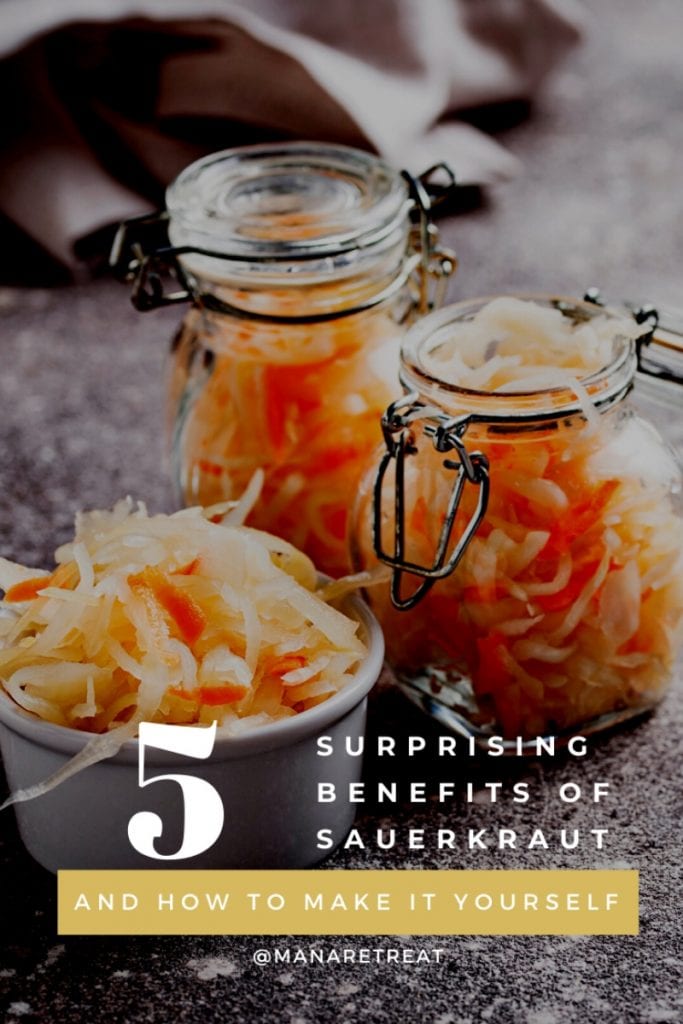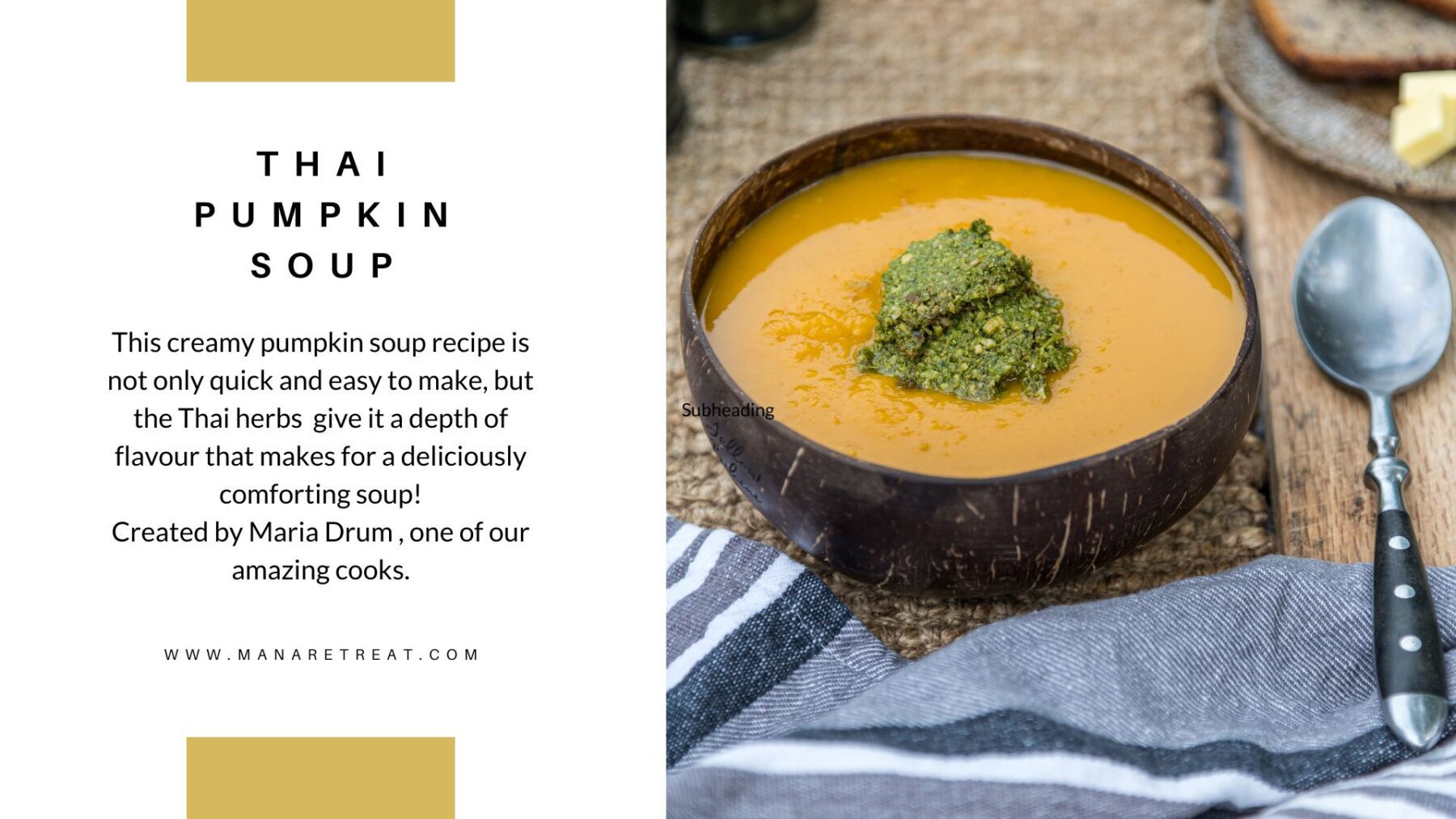Fermented foods are definitely up there on the trending list of healthy treats and no surprise really, some cultures have been harnessing their healing powers for thousands of years. Today we are taking a look at the health benefits of Sauerkraut – fermented cabbage. You may be surprised by what this action-packed accompaniment is bringing to your gourmet sandwich or grazing platter.
Check out these top 5 benefits and to take things one step further we have a traditional German recipe to make at home yourself!
1. Naturally Nutritious
As well as having a bevy of healing qualities, the nutritional constitution of sauerkraut gets a big tick by those who like to read the labels. One cup (142 grams) provides:
- Calories: 27
- Fat: 0 grams
- Carbs: 7 grams
- Fiber: 4 grams
- Protein: 1 gram
- Sodium: 39% of the RDI
- Vitamin C: 35% of the RDI
- Vitamin K: 23% of the RDI
- Iron: 12% of the RDI
- Manganese: 11% of the RDI
- Vitamin B6: 9% of the RDI
- Folate: 9% of the RDI
- Copper: 7% of the RDI
- Potassium: 7% of the RDI
(this nutritional breakdown was provided by Self Nutrition Data calculator)
Because the process of fermentation consumes the natural sugars, Sauerkraut ends up being fat and carb-free, great for all of our keto friends, and anyone who is watching their waistlines.
2. Packed With Good Bacteria For Your Gut
Sauerkraut fermentation is the process of microorganisms on the cabbage digesting its natural sugars and converting them into carbon dioxide and organic acids.
Fermentation starts when yeast and bacteria that are naturally present on the cabbage, your hands and in the air come into contact with the sugars in the cabbage.
Sauerkraut fermentation creates conditions that promote the growth of beneficial probiotics, similar to the sort you would find in yoghurt, kombucha or kefir.
These probiotics work hard to keep the balance of bacteria in our gut so that we can absorb all of the good things in the food we are digesting. They can help relieve gas, aid digestion, ease constipation and diarrhea. Like most fermented foods, Sauerkraut also has a number of enzymes that help to breakdown the nutrients in our food that we can absorb them faster and with more ease.
3. Great For Giving Our Immune System A Boost
Naturally, when we reinforce the good bacteria in the gut we help to support the immune system which would otherwise be on defence of bad bacteria. Scientific research on Pubmed Central claims that Sauerkraut has the ability to increase the number of antibodies in our system, which in turns helps us to fight off common colds and infections.
With the added bonus of Vitamin C, Sauerkraut becomes a natural immune booster and preventative approach to healthcare.
4. Helping To Heal The Gut-Brain Connection
The world is now recognising the intimate connection between our gut and our brain. Research into the intrinsic communication pathways between bacteria of the gut and brain has lead to new insights about how the food we eat affects our state of mind and our ability to function.
Sauerkraut and other fermented foods with high probiotics have demonstrated the ability to reduce stress and help maintain brain health but contributing to healthy gut flora and increasing the absorption of mood-regulating minerals like magnesium and zinc.
5. BONUS – Sauerkraut May Help You Loose Weight!
Sauerkraut, like most vegetables, is filled with fibre. Fibre helps us to feel fuller for longer. Not only do we feel full, but Sauerkraut has no calories, so it is a source of sustenance that does not cause us to put on any weight.
A recent study (published on Pubmed Central) suggests that a probiotic-rich diet may even help prevent weight gain as test subjects gained 50% less fat when taking high-level dosages of probiotics daily.
Although we are highlighting the benefits of Sauerkraut here, it is safe to say that most fermented foods with natural probiotics can offer similar advantages, like Kimchi, which if you haven’t tried making is well worth it. Check out our recipe for Kimchi here.
Shopping For Sauerkraut
Now-a-days finding Sauerkraut on the supermarket shelves is easier than ever before, in fact we opt to buy organic to avoid added sugars, preservatives, and pasteurised varieties. Like the Ceres Organic Sauerkraut.
But if you are really wanting the best, healthiest kraut around, you best make it yourself! It is super simple. Check out this recipe…

How To Make Sauerkraut
What you will need:
Large glass jar (with lid or muslin cloth to cover) – we use AGEE preserving jars (1 litre)
A smaller glass jar that will fit inside the large jar (no lid)
Large mixing bowl (not made of metal)
Ingredients – the recipe makes 4 cups of Sauerkraut
- 400g shredded red cabbage (approx 1/2 cabbage)
- 400g shredded green cabbage (approx 1/2 cabbage)
- 1 tbsp Himalayan Salt
Method:
- Take the loose outer leaves off the cabbage, rinse these leaves (and put them to the side for later) along with the whole cabbage head under clean running water.
- Cut the cabbages in half, then cut the heart out (core).
- Cut the halves in half again, depending on the size of the cabbage 1/2 a red and green cabbage may be sufficient.
- Shred the cabbage and weigh to check that you have 800 grams of cabbage.
- In your large mixing bowl, add a cup of cabbage and sprinkle some salt.
- Begin to massage it into the cabbage. Aim for deep tissue massage, not gentle soft flowing massage. This massage process will start to produce brine, it will begin to breakdown the fibres. Squeeze it, push it, press it. You want to make sure you spread the salt consistently throughout the cabbage.
- Add another layer of cabbage and another sprinkle of salt.
- Continue this process until you have added all of the cabbage and all of the salt. You will want to have a good amount of moisture building up when you are massaging – if you don’t then put the mixture aside and let it sit for an hour or so and then come back to it.
- Do a little taste test to make sure it is salty enough for you, if not add another teaspoon or so of salt.
- Once the salt is well distributed and the cabbage leaves are softening begin to pack your cabbage mixture into the jar. Either using the end of a rolling pin or your fist (if it fits in the jar) to press the cabbage down tightly. The more you pack it down, the more liquid will come to the surface.
- Take one of the outer leaf that you rinsed and put to the side, cut it to fit the inside circumference of your jar. Press that into the top of the jar, so that it weighs down the cabbage.
- Place a smaller glass jar on top of the cabbage leaf to help weigh the cabbage down so that it sits beneath the surface of the brine.
- Place the lid on top of the mixture, DO NOT SCREW THE LID DOWN – once fermentation begins it will release gas. Just rest the lid loosely on top.
- Keep at room temperature, out of sunlight for 3-4 weeks.
Notes:
Choosing the right cabbage – ideally, it is great if you can grow your own, but if you need to source a store-bought cabbage then there are few things you want to look for. You want to get a dense tight cabbage, it should feel heavy for its size. This means it is fresh and moist – the moisture will play a crucial role. Avoid choosing a cabbage that has loose leaves or a dull sheen on its outer leaves as it will take a lot more work to massage and breakdown.
There are many things you can add to this recipe to give different flavours, however, this is a traditional German recipe. Simply salt and cabbage. Alternatives that you may consider adding: shredded carrot, garlic, capsicum, whey.
If you want to get serious there are a lot of specialised tools out there for the production of fermented foods, we find simple is just that, simple. But for those of you into the science of fermentation, you may like to do some more research.
Warnings:
Do not seal your glass jar – the fermentation process will produce gas.
Avoid using any metal objects, bowls, spoons etc as the fermentation process is acidic.
Interested in reading more about the research into Fermented Foods and Probiotics?
Check out the research on Pubmed Central here
If you have enjoyed this recipe, be sure to check out
How to make Kimchi in 5 easy steps
Zucchini Chutney – the yummiest way to make the most of zucchini season!
Why you need to eat more sprouts and how to grow them yourself.
Why the food you eat is so important for spiritual connection






